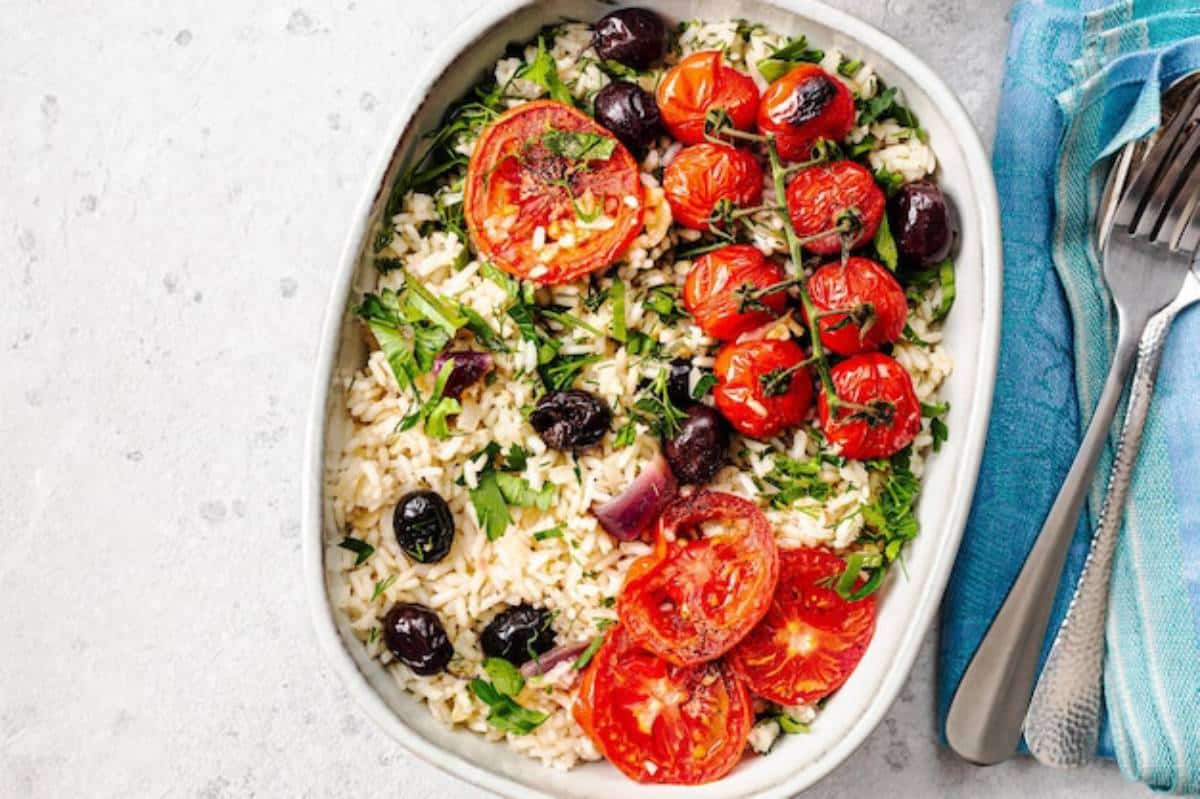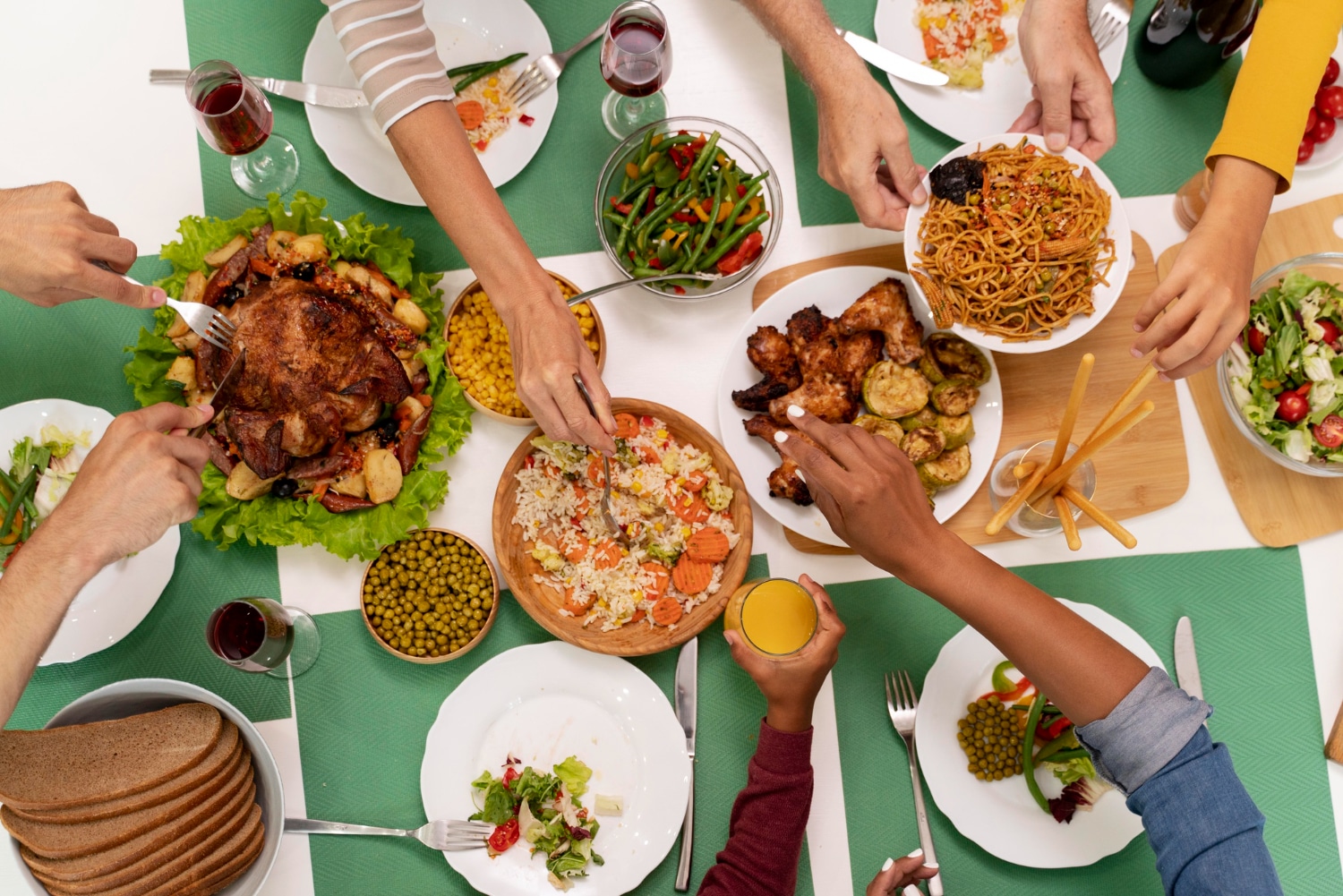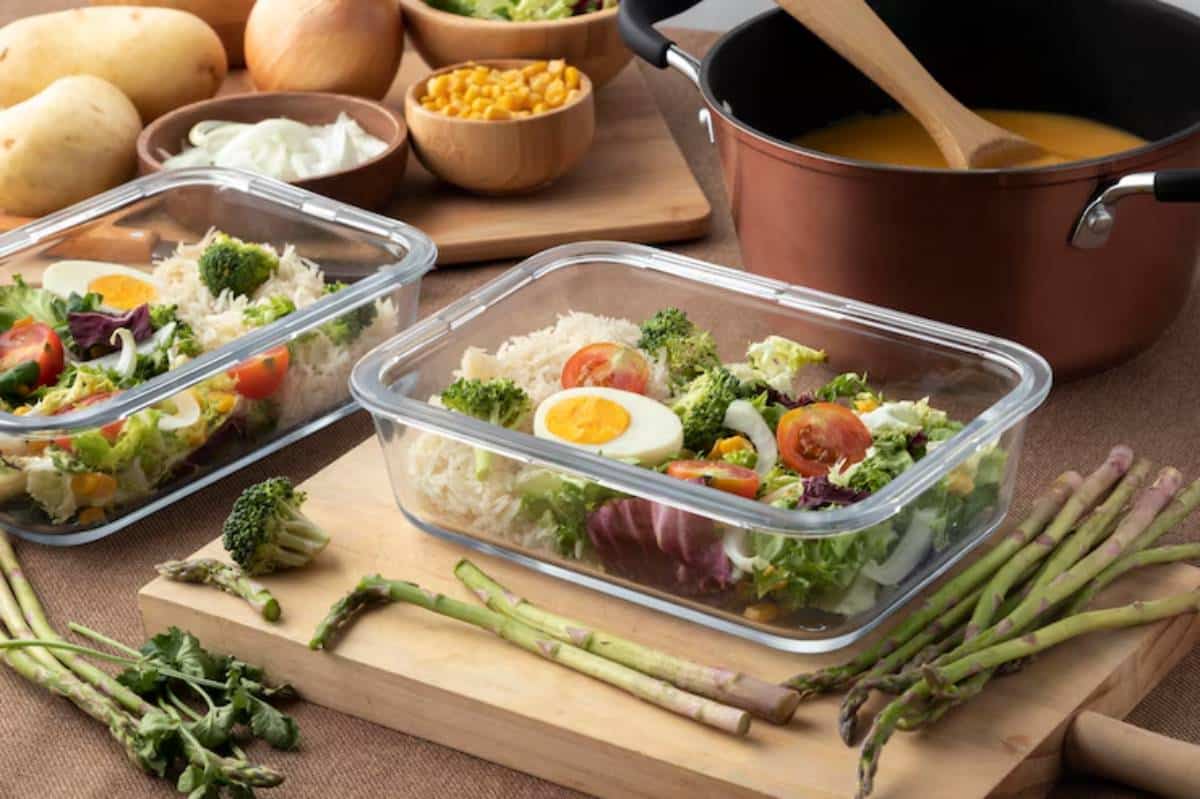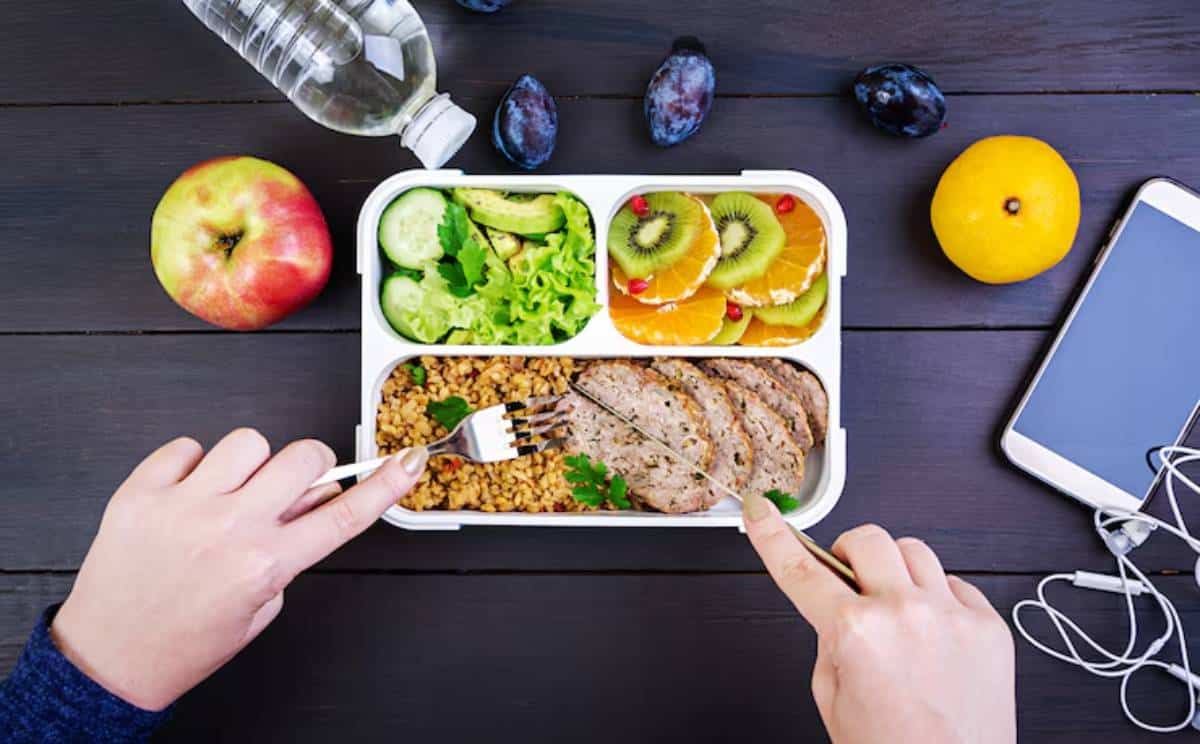
How to Portion Lunches for Energy and Focus
You’ve packed your lunch and checked all the boxes — it’s homemade, healthy, and ready to go. But come 2:00 PM, your energy plummets. Sound familiar? It might not be what you’re eating, but how much and how it’s balanced.
Proper lunchbox portioning isn’t about calorie counting or strict rules. It’s about optimising your energy and focus through thoughtful food ratios. Whether you’re desk-bound, on your feet, or in back-to-back meetings, a well-portioned lunch keeps your body fuelled and your brain sharp.
This expert-backed guide breaks down the science of lunch portioning into practical, doable steps. You’ll learn how to balance macronutrients, customise meals to your workday, and prep lunches that energise without overwhelming.
Understanding the Core: What Makes a Portion “Balanced”?
A balanced lunch meets three key goals:
- Provides stable energy through slow-digesting carbohydrates.
- Supports concentration and productivity with adequate protein and healthy fats.
- Prevents the post-lunch slump by avoiding overload or sugar spikes.
Macronutrient Breakdown (General Guideline)
- Carbohydrates: 40–50% of your lunch
- Protein: 25–30%
- Healthy Fats: 20–25%
- Fibre: Aim for 7–10g at lunch (from veg, whole grains, legumes)
These aren’t hard rules, but a reference point. The right portion varies based on your lifestyle, activity level, and body’s cues.
Quick Guide: Lunchbox Portion Tips at a Glance
- Fill half your container with non-starchy vegetables or salad.
- Add one palm-sized portion of lean protein.
- Include a fist-sized serving of complex carbs.
- Add one thumb-sized amount of healthy fat.
- Use a bento-style lunchbox to separate components and visualise proportions.
- Adjust quantities slightly based on your energy output (e.g., more carbs for active days).
- Pack meals with colour, texture, and satisfaction in mind.
Step-by-Step Guide: How to Practise Smart Lunch Portioning
Step 1: Start with Your Container
Your lunchbox size matters. Using a large container leads to overfilling, while too small leaves you undernourished.
Ideal sizes:
- 900ml–1.2l for adults with average activity
- 1.5l+ for high-energy or physical workdays
Use containers with 3–4 compartments to help maintain proportion control naturally.
Pro Tip: Bento boxes with clear dividers are visual guides for portion balance.
Step 2: Half Veg or Salad for Fibre and Volume
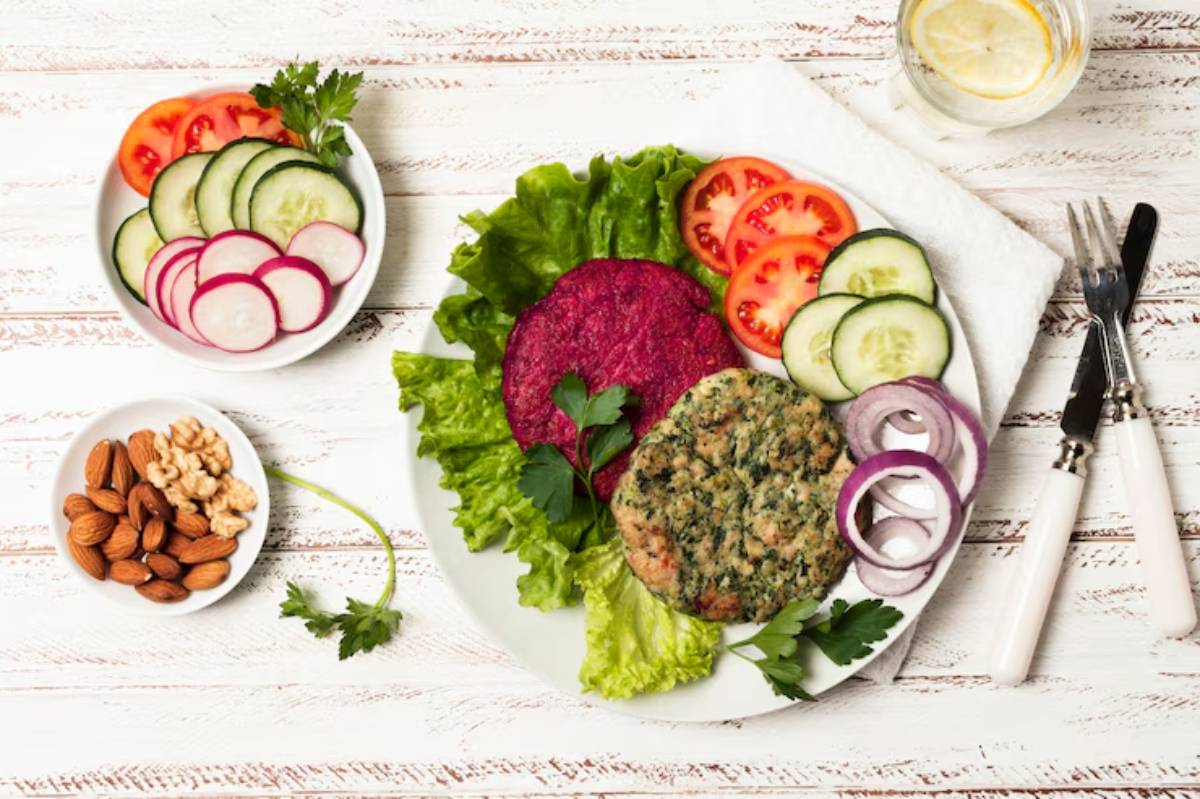
Start with half your lunchbox dedicated to non-starchy vegetables. They offer:
- Fibre to keep you full
- Micronutrients for brain and body function
- Volume without heaviness
Examples: Mixed greens, carrots, tomatoes, peppers, cucumber, steamed broccoli, shredded cabbage
Step 3: Add Your Protein Portion
Protein is essential for satiety and mental sharpness. Aim for a palm-sized portion or 20–30 grams.
Best choices:
- Grilled chicken, turkey, lean beef
- Tofu, tempeh, edamame
- Hard-boiled eggs
- Lentils, chickpeas, or hummus (for plant-based diets)
Important: Protein slows the digestion of carbs, keeping blood sugar steady.
Step 4: Choose Smart Carbohydrates
Go for complex carbs that provide slow-burning energy. A portion roughly the size of your fist works for most people.
Options:
- Brown rice, quinoa, bulgur
- Whole grain wraps, pitta, couscous
- Sweet potato, roasted root veg
- Whole wheat pasta
Avoid sugary, refined carbs — they spike energy quickly but fade fast. Check these low-carb snacks for more ideas.
Step 5: Include Healthy Fats for Focus
Fats support brain function and satisfaction. A thumb-sized portion is usually enough.
Examples:
- Avocado slices
- Olive oil or tahini dressing
- A small handful of nuts or seeds
- Hummus or nut butter
Important: Too much fat, especially from oily dressings or cheeses, can cause heaviness and reduce energy after eating.
Step 6: Consider Snacks and Sides Strategically
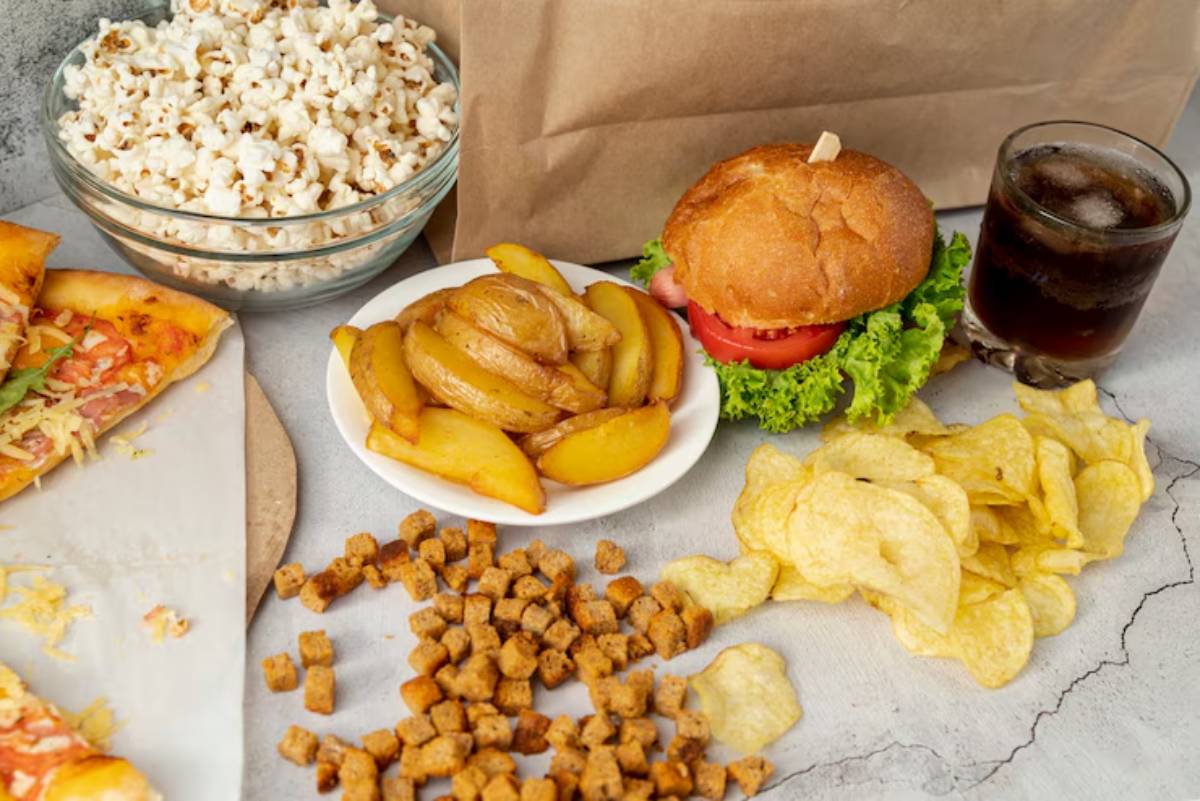
Add snacks if your lunch is on the smaller side or you have a long gap before dinner.
Good extras:
- A boiled egg
- Fruit paired with nut butter
- Yoghurt with seeds
- Roasted chickpeas or trail mix
Pack snacks separately to prevent overfilling your lunchbox and to allow spacing throughout the afternoon.
Important: Be cautious of “healthy” lunches that overload on fat and calories, such as avocado-heavy wraps or grain bowls with multiple high-fat toppings.
Best Practices & Additional Insights
Tailor Portions to Your Work Style
Your job affects how much energy you need at lunch:
- Desk-bound jobs: Smaller carb portions, focus on veg and protein
- Active jobs (on feet, manual work): Higher carb and protein portions
- Creative or mental-heavy roles: Include brain-boosting fats like nuts, eggs, and oily fish
Add a Midday Mental Boost with Food Timing
If you tend to crash mid-afternoon, save part of your lunch, such as fruit or a protein ball, for later. Spreading intake maintains energy levels and improves focus.
Learn from Athlete Meal Prep Principles
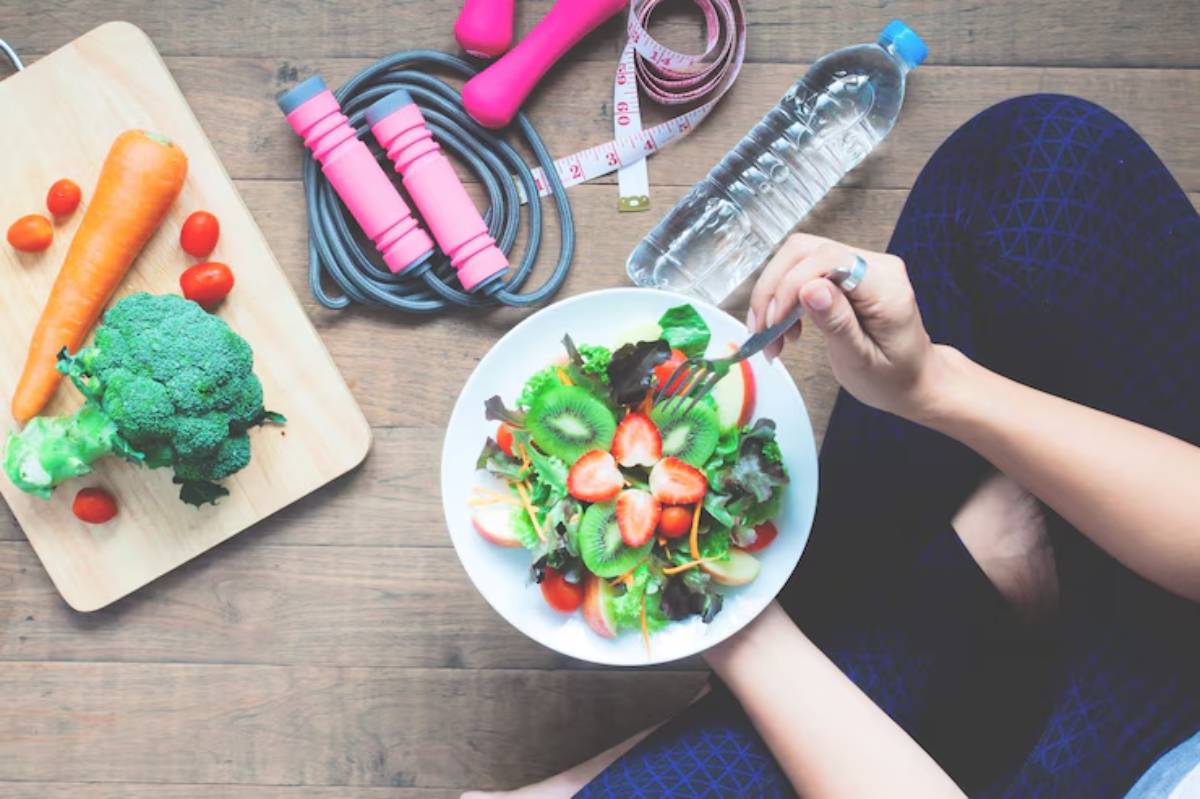
Athletes use portioning frameworks like “plate method” visuals: half veg, quarter protein, quarter carbs. The same applies to your lunchbox, minus the competitive pressure.
Want to pair these portions with no-reheat meals? Check out our work lunch alternatives guide.
Mix and Match for a Week’s Worth of Balanced Meals
Plan five lunches with different components using the same portion formula.
Example:
- Monday: Grilled chicken, quinoa, rocket salad, tahini drizzle
- Tuesday: Boiled egg, roasted carrots, couscous, avocado slices
- Wednesday: Tofu, wild rice, kale, sesame dressing
- Thursday: Tuna salad, sweet potato mash, spinach
- Friday: Lentil stew, roasted peppers, brown rice, olives
Use your prep time efficiently and pack according to how each day looks in your schedule.
FAQs
- How big should my lunch be for steady energy?
An ideal lunch for most adults is 500–700 calories,
With balanced macros: around 30g protein, 40–60g carbs, 10–20g fat, plus fibre from veg. - Is portioning different for plant-based meals?
Yes, plant-based meals may require larger portions to match protein content. Include high-protein plants like tofu, lentils, and quinoa in abundance. - Should I adjust portions on workout days?
Yes. Add slightly more carbs on workout days to replenish glycogen and support recovery. You might also need more protein for muscle repair. - What’s the risk of over-portioning?
Over-portioning can cause energy crashes, digestive discomfort, and reduced focus. Balanced sizes prevent this and promote sustained productivity. - Can portioning help with weight maintenance?
Absolutely. It builds awareness and reduces mindless eating. Portioning encourages satisfaction through balance rather than restriction.
The Smarter Way to Power Through Your Day
You don’t need a complicated meal plan or strict rules to enjoy sustained energy and mental clarity. By learning how to portion your lunch properly — with thoughtful ratios of protein, carbs, veg, and fat — you’re setting yourself up for productivity, mood balance, and better health.
Whether you’re desk-bound, on your feet, or in back-to-back meetings, a well-portioned lunch keeps your body fuelled and your brain sharp. And if mornings are hectic, these lunchbox time saver tips will help you prep portions fast without compromising on balance.
This approach works whether you’re building your own meals or adjusting pre-made ones. It adapts to your lifestyle and evolves with your needs. That’s the power of portioning.
